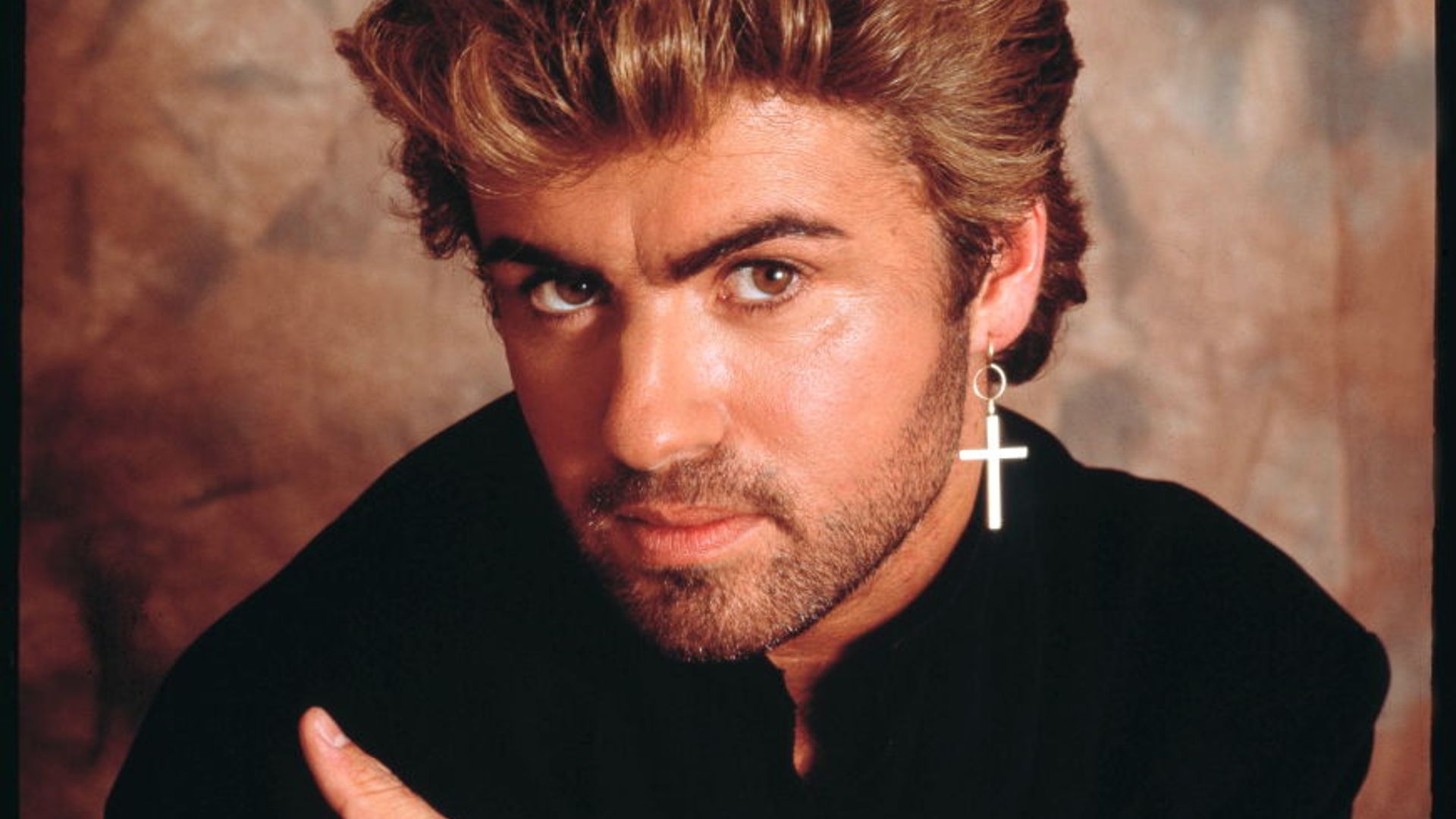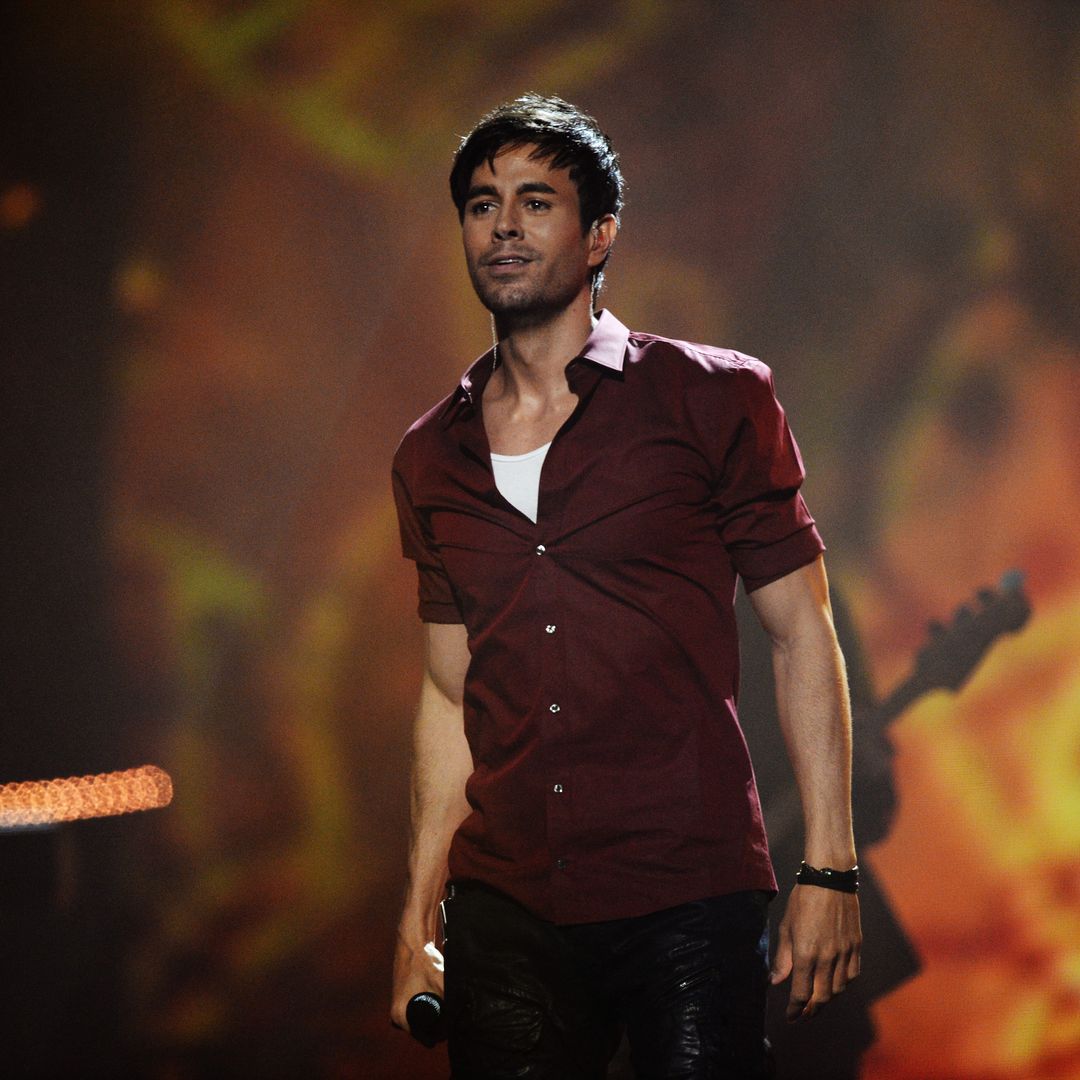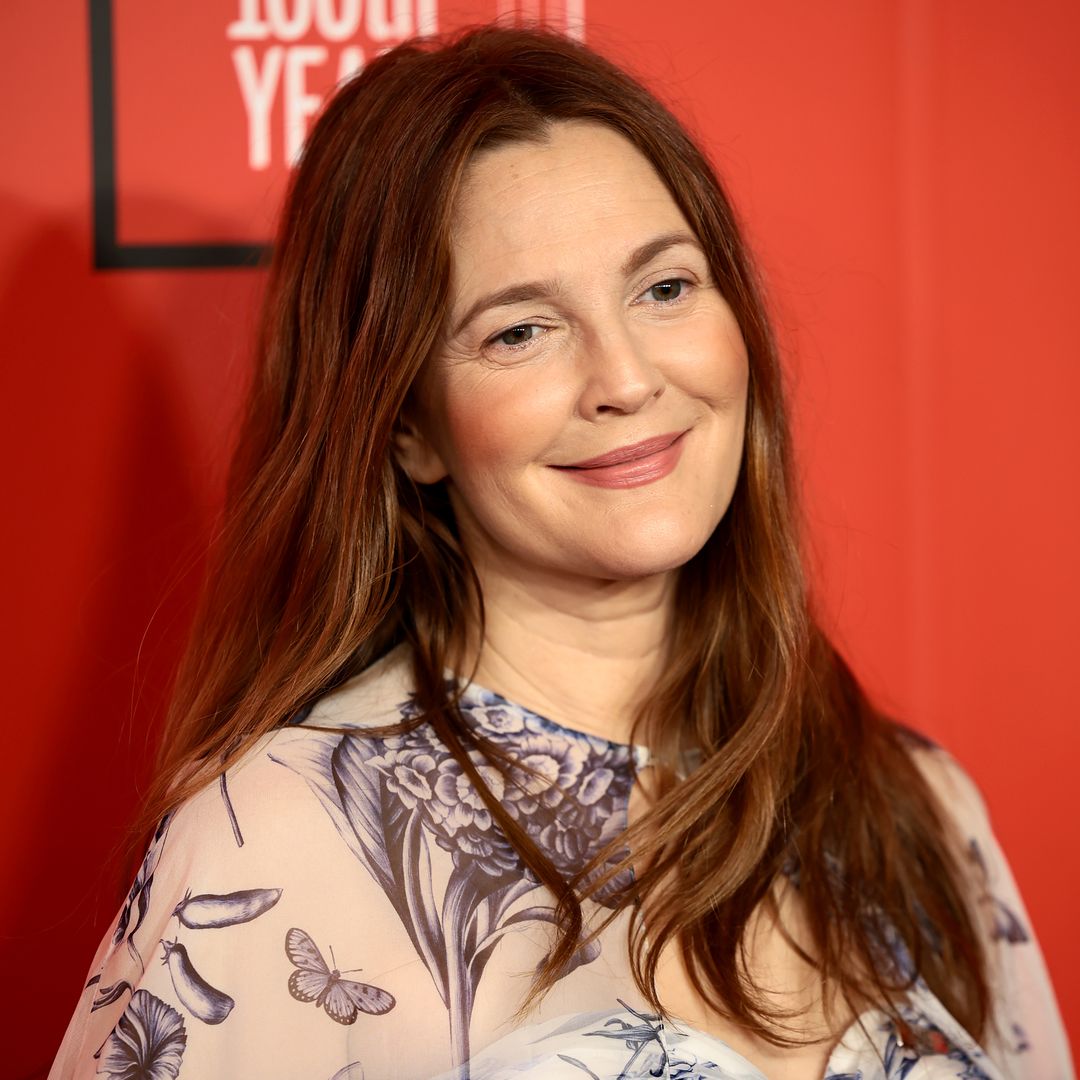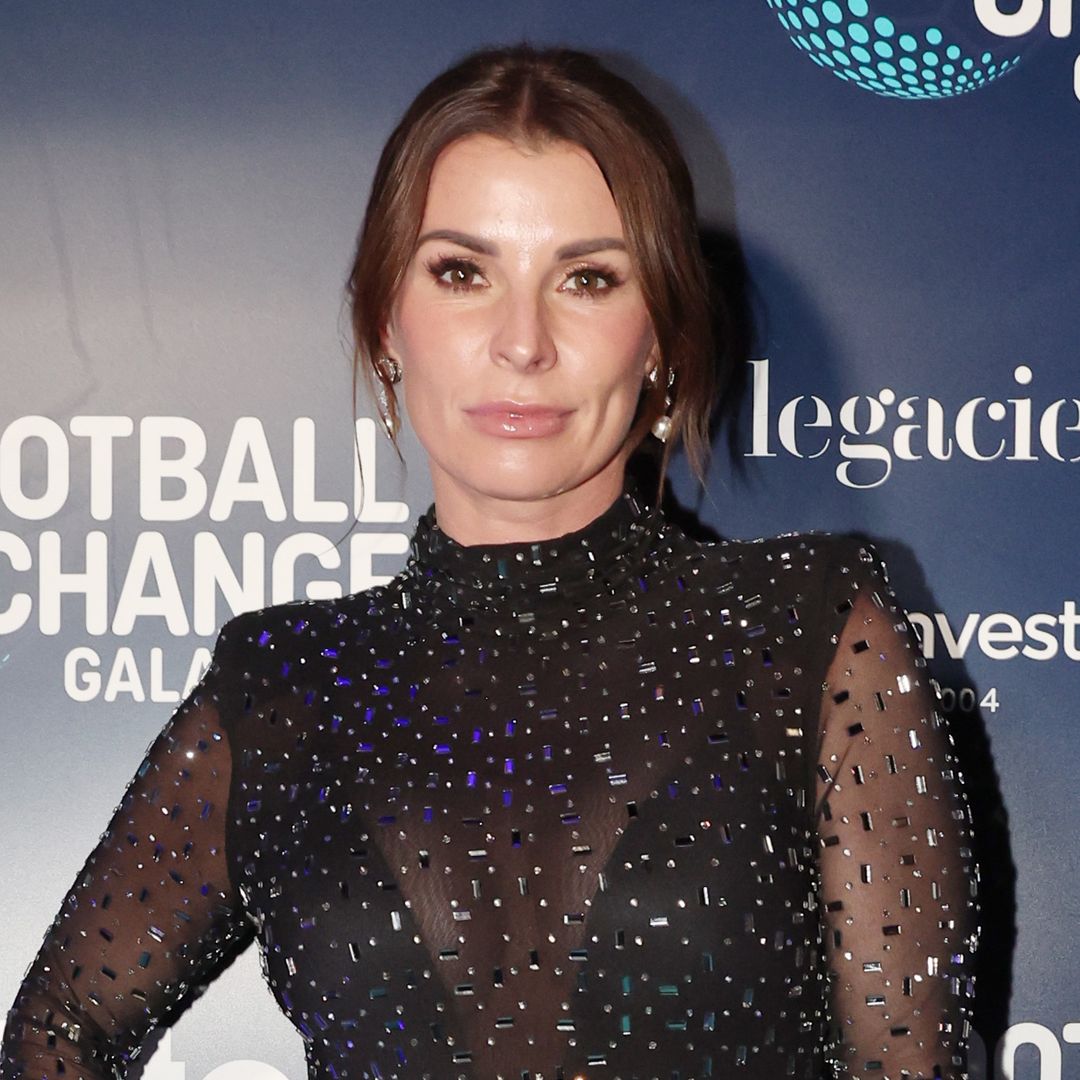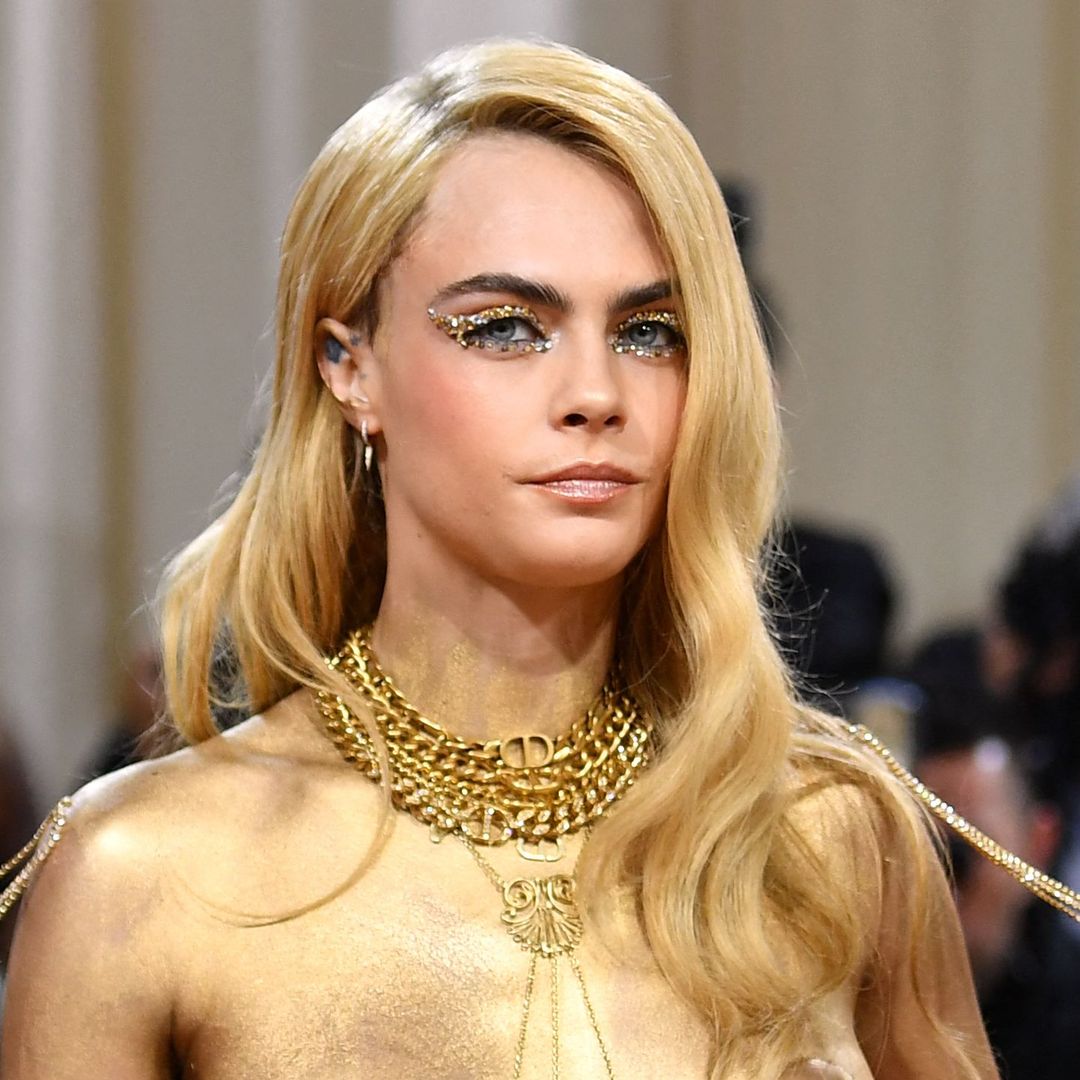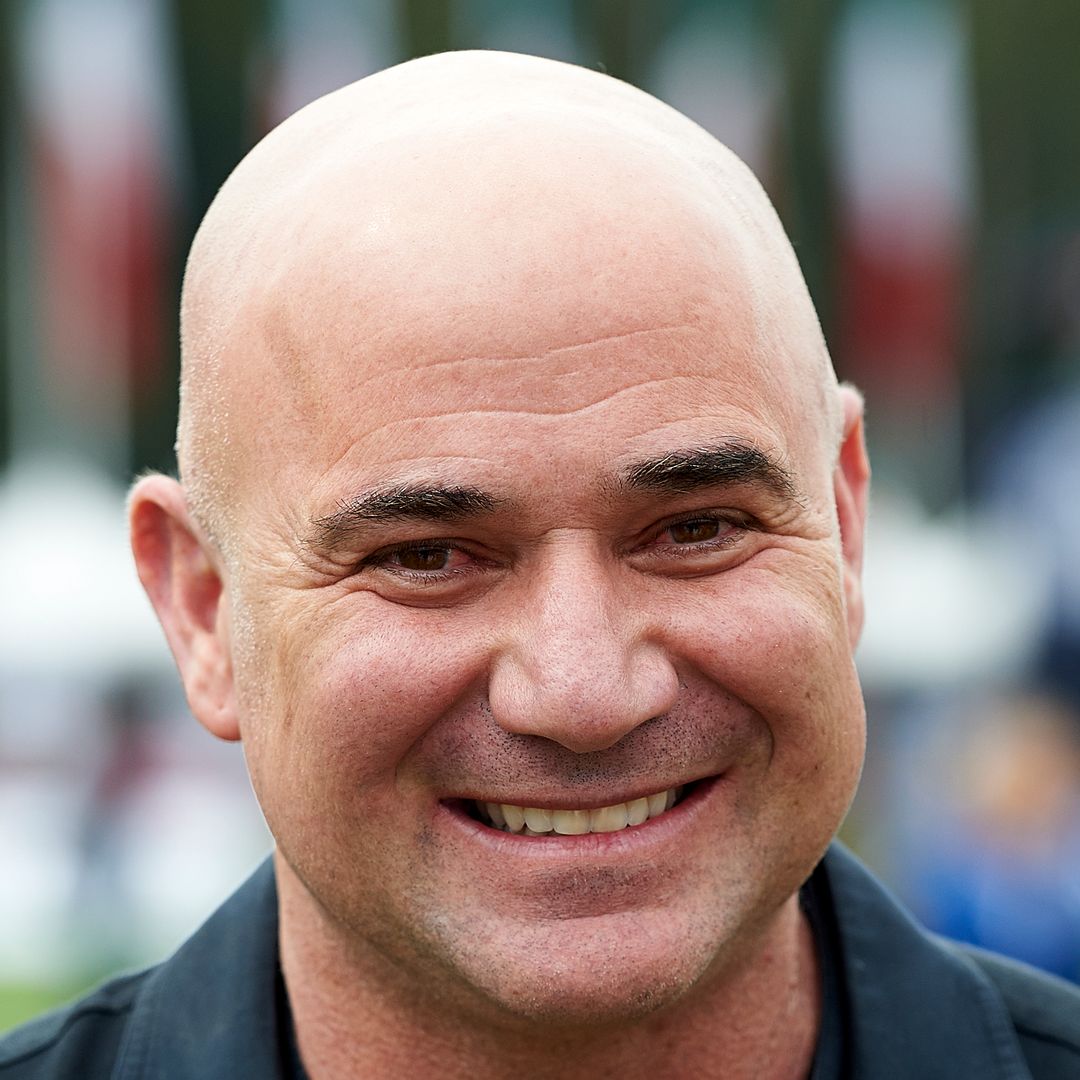George Michael spent the first ten years of his career turning himself into a pop icon. He then spent the next decade apparently trying to undo his superstar status in order to be true to himself. "Everybody wants to be a star," says George. "I certainly did. And I worked hard to get it, but I was miserable, and I don't want to feel that way again."
George Michael's early life
The son of Greek Cypriot immigrants, Georgios Kyriacos Panayiotou was born June 25, 1963, in Finchley, North London.
In 1979, a 16-year-old George hooked up with schoolmate Andrew Ridgely to form ska outfit The Executives but, inspired by the British dance scene, it wasn't long before the pair recorded a club-oriented demo as Wham!
Wham!
The tape, which included soon-to-be hits such as 'Wham! Rap' and 'Careless Whisper', led to a record deal in 1982. The duo's first LP, Fantastic put the image-savvy young guns on the map.
Wham! dominated the charts in the Eighties, churning out three hit albums and a number of catchy singles. The clip for 'Wake Me Up Before You Go Go', which starred the deeply tanned duo cheerily bouncing about in "Choose Life" t-shirts and micro-shorts, was a huge MTV hit. Yet just when Wham! reached the peak of fame in 1986, the outfit split up.
"We agreed very early that we wouldn't let it burn out," George later explained. "That when it got to a certain height, we'd stop it. And we did." Superstar George was just 23 years old.
George Michael's solo career
The following year he took the pop scene by storm with the debut of 'I Want Your Sex' from his first full-fledged solo effort, Faith. The album sold 15 million copies, spawned five hit singles, and won an Album Of The Year Grammy in 1988.
With his designer stubble, trademark rear-end shake and leather motorcycle jacket, George became a bona fide sex symbol. But with the release of his second album, Listen Without Prejudice, Volume I, in 1990, the singer aimed to ditch his oversexed pop idol image and be taken seriously as an artist. He made the unprecedented decision not to promote the record, refusing to work the press circuit, go on tour or appear in music videos. "It's quite simple, really," he explained. "I decided that the thing I really needed was my song writing. I didn't need the celebrity."
It was at this point that George's career stalled, when he became embroiled in a contract dispute with his record label, Sony.
After years of court battles, the company agreed to a £10 million buyout, allowing Virgin to release Older, his first studio album in five years. The quiet, introspective record would mark not only George's return to music, but also a revelation about his private life.
George Michael's personal life
George dedicated Older to the memory of Anselmo Feleppa, a Brazilian designer who had died in 1993 of a brain haemorrhage. Anselmo, who had been known publicly as a "close pal" of the singer, was in fact George's partner of two years, a gay relationship kept hidden from his fans.
"I outed myself with Older," says George. "I did interviews that said everything except the three words they wanted to hear. I was trying to retain my privacy and dignity without lying." But without an explicit announcement about George's sexuality, most people didn't catch the clue.
Until he was arrested for "lewd behaviour" in a men's toilet at a Beverly Hills park in 1998, that is. The singer, who had lived with his boyfriend Kenny for two years before the scandal broke, was fully shoved out of the closet. George pleaded no contest to a charge of committing a lewd act, was fined $810 and ordered to perform 80 hours of community service. "It's only a scandal," he said later, reflecting on the experience. "Embarrassing for a couple of days, but nobody got hurt."
And when George released his next album, Outside, he showed that he had a sense of humour about the incident the video for the titular single featured disco-dancing police officers in a public toilet.
In 2002, George was once again the centre of controversy when the clip for Shoot The Dog caused a stir for its portrayal of Tony Blair as George Bush's poodle. "[The video] is intended as a piece of political satire, no more, no less," he says. "And I hope that it will make people laugh and dance, and then think a little, that's all."
Though he famously rejected his earlier pretty boy image, George had a surprising answer when asked if there were any artefacts from his 20-year career worth saving for posterity. "Probably my cross earring and my old BSA motorcycle jacket," he admitted, adding, "and, if I am honest, the 'Choose Life' t-shirt."
The singer-songwriter didn't want the remnants of his career to be simply relegated to a museum or theme restaurant, however. What was most important was his music. "Everyone likes to think that they will leave something behind when they die," he said. "At the end of the day I want to leave something as a writer."
George Michael released his final album Patience, in 2004, but continued performing for years after that. In 2006 the singer performed a free concert for NHS nurses in London to thank the nurses who had cared for his late mother. He told the audience: "Thank you for everything you do — some people appreciate it. Now if we can only get the government to do the same thing."
George Michael's death
On Christmas Day in 2016, George was found dead in his bed in Goring-on-Thames by partner Fadi Fawaz. He had died of natural causes and was buried in Highgate Cemetery next to his mother.
After he passed away, he was remembered for his legacy as an LGBTQ+ icon, a fantastic musician, and a philanthropist.
